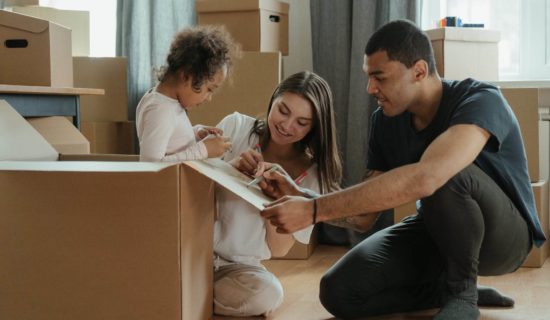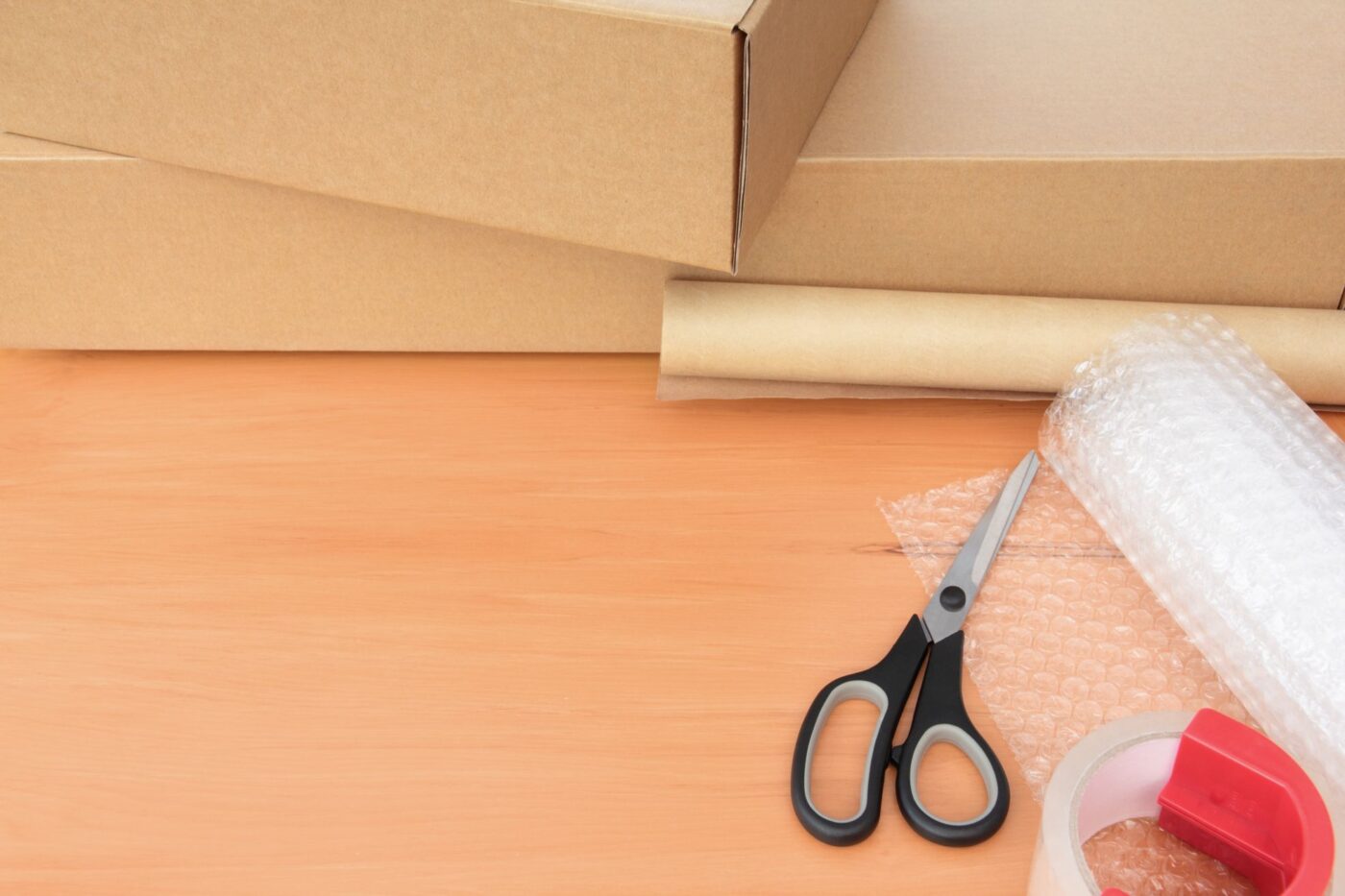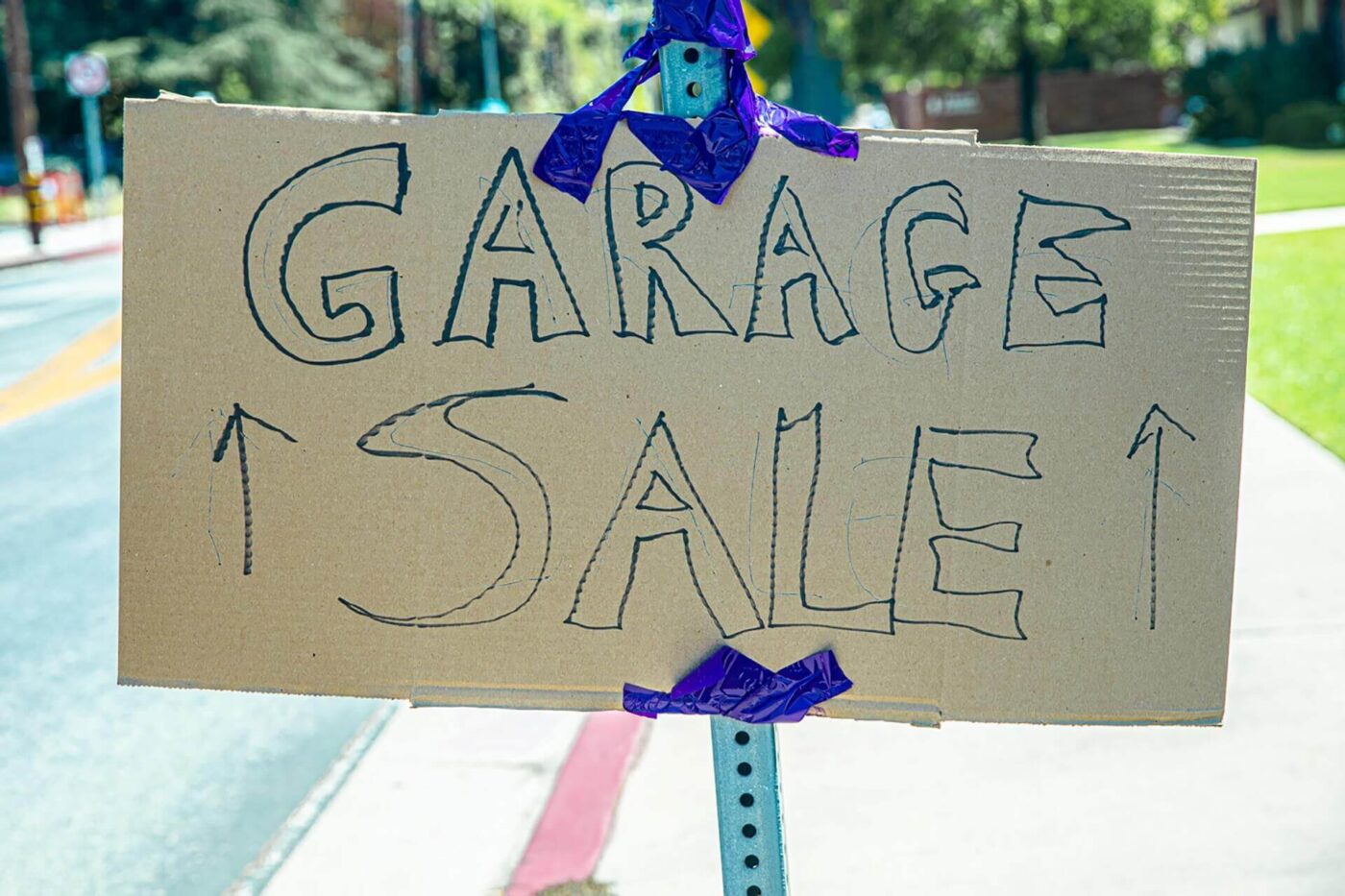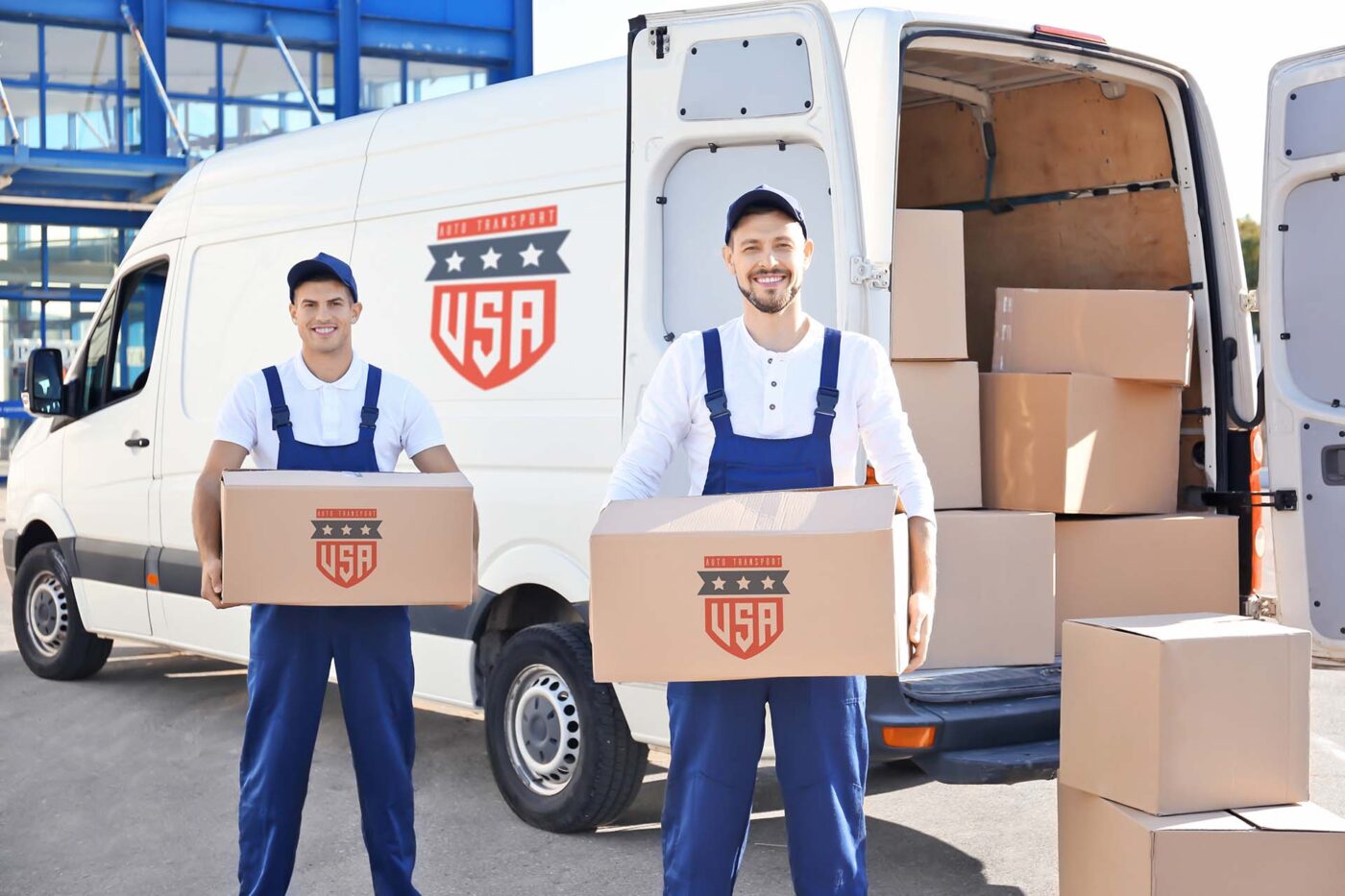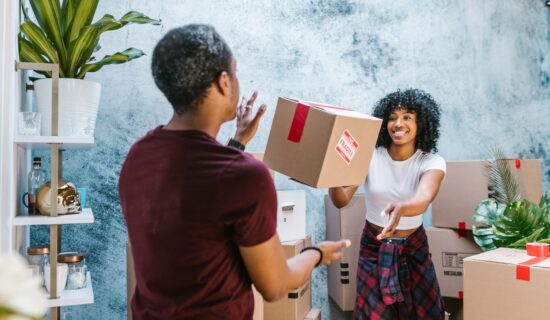Tackling the least used rooms, such as storage areas or guest rooms, should be the first on the to-do list. These areas often store seasonal items, old electronics, and memorabilia that are not in daily use. Anything you really need in the new space can be packaged immediately.
For example, holiday decorations can be wrapped in bubble wrap and placed in sturdy boxes, while old documents should be filed or shredded if no longer needed. Smaller items, such as old electronics and memorabilia, should be wrapped and placed in boxes.
